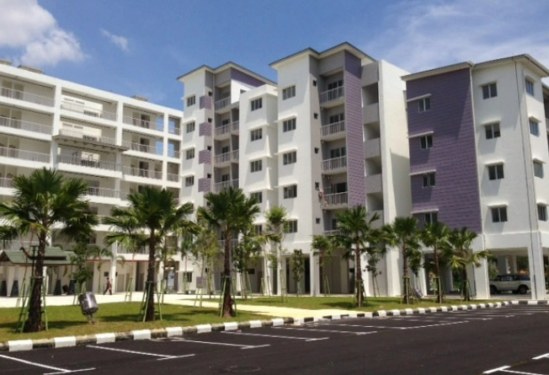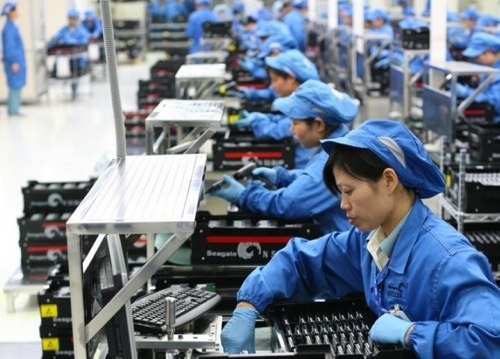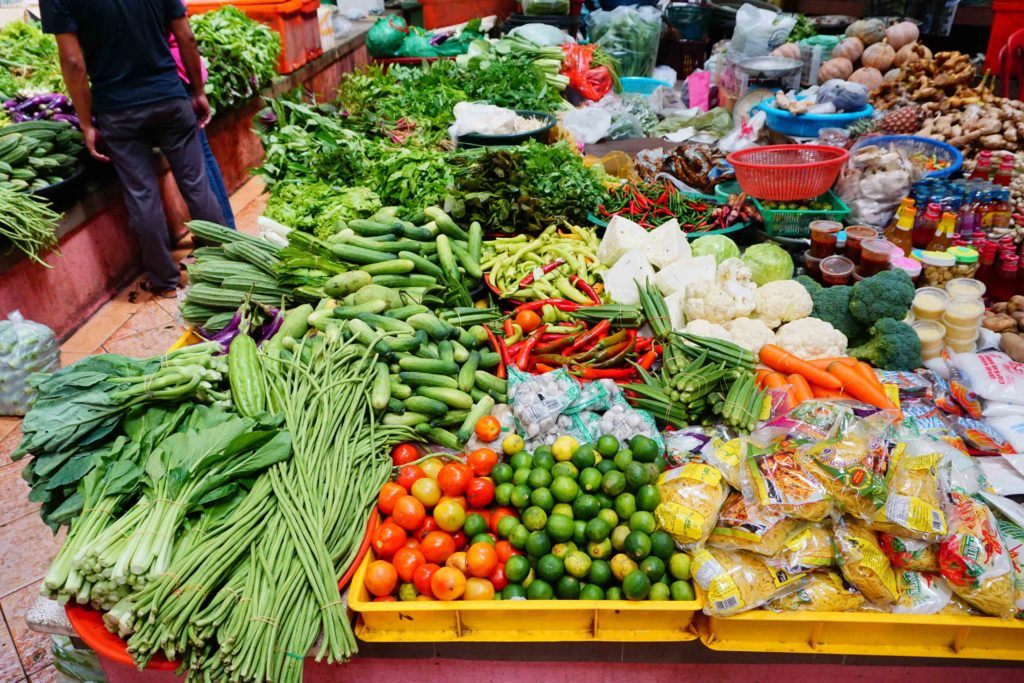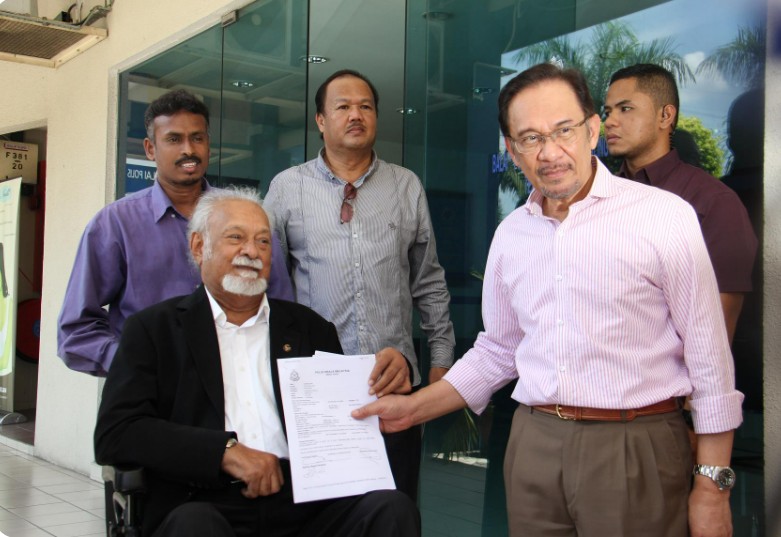THE unprecedented soaring food, energy and commodity prices in 2022 have impacted millions of people around the globe, causing hardship to the poor and low-and middle-income households and individuals as they struggle with rising cost of living challenges or crisis.
A cost-of-living crisis is defined as “a situation in which the cost of everyday essentials like groceries and bills are rising faster than average household incomes”.
Increased prices of goods and services relative to income growth and wages have squeezed households’ budget, leaving them with little or no savings or even on borrowings for meeting emergency or contingency needs.
Given the cost-of-living crisis is having a scalable global impact, governments in both developed and developing countries have implemented a wide range of short-term stop-gap measures and programmes to ease the impact of inflation and cost of living.

The intervention measures were in the form of energy (fuel and gas) subsidies, a limited free train ride and public transport pass, subsidised rent for targeted households, direct cash transfer, exports restriction on certain food items, and family ration cards for the purchase of essential goods.
The policy responses and interventions have to be recalibrated at the different stages and pathway of price increases and cost of living trajectory.
The short-term price capping and subsidies interventions come with economic opportunity costs such as unsustainable fiscal cost, wastage and harmful to environment such as fuel, misallocation of resources as subsidies divert spending on productive sectors.
Middle income trap
We have to reckon that not all policies will be equally effective, and some may disproportionately benefit the people. For example, blanket fuel subsidies end up benefitting high income households more than lower income people.
For producers, wholesalers and retailers, the price controls and capping below production cost, hence making businesses absorb costs would squeeze their profit margin, make them succumb to losses, and eventually forcing them out of the market. This in turn further exacerbates the shortage of supply.
In Malaysia, the cost-of-living challenges have been in existence for years and got worsened during the COVID-19 pandemic and post pandemic due to income loss or reduced income that could not catch up with rising prices of goods and services.
Over half a million middle-income group (M40) households have slipped into the bottom 40% (B40) category which is equivalent to 20% of total M40 households. Over 405,441 households had monthly incomes below the national poverty line income of RM2,208 in 2019. In that year, the number of hardcore poor households stood at 27,158.

Rising cost of living pressures cover expenses on essentials (such as food, clothing, services and other necessities), housing affordability, healthcare, public transportation.
Differences in living costs are notable across states, urban and rural areas with large price differences across Kuala Lumpur, Selangor, Penang, and Johor compared to lower living costs in poorer states (Kelantan, Terengganu and Perlis).
The main factors influencing cost of living pressures across geographical locations are income growth and employment income (wages) not keeping up with rising cost of living as well as prices of goods and services.
In 2016-2019, mean monthly household income grew by an average growth of 4.4% per annum to RM7,901 in 2019 (2016: RM6,958) with a wide income disparity between the rural households (+4.7% per annum to RM5,004 in 2019; 2016: RM4,359) and urban (+4.0% per annum to RM8,635 in 2019; 2016: RM7,671).
Heavy debt burden
The employment income growth (low starting salary) for fresh graduates and new entrances to the labour market as well as moderate wage growth for those with higher qualifications have restrained their cost of living.
Low precautionary savings and the ratio of household debt-to-GDP (gross domestic product) has reverted closer to pre-pandemic levels at 84.5% (December 2021: 89.1%; 2019: 82.8%). Heavy debt burden has imposed financial pressure on most working adults.
Another big financial commitment is deteriorating housing affordability in major cities and towns. Rental burden is also felt by most working adults. The shortage of affordable housing is most severe for households earning between RM3,000-RM5,000 per month.

Overcoming these challenges of cost of living and financial pressures require a mix of short-term measures to ease immediate cost of living pressures for the targeted households and individuals.
These include direct cash assistance, continued subsidies on essentials, price controls and festive controlled items, freezing of hikes in water, gas and electricity water tariffs, a temporary importation of food, discounted unlimited rides for public commuters, and coupons tagged with selected goods and services for targeted users.
Action plan
Given fiscal constraints and also to ensure that nobody is left behind for the vulnerable groups, the ministries and agencies concerned must have a good database to identify the deserving recipients and also the participating merchandisers and retailers, including the supermarkets and food chains.
Households and individuals must cultivate smart and prudent spending habits, keeping tabs on their monthly expenses, and compare prices and look for substitutes when making purchases, especially rising prices of essential items take a toll on their wallets.
The medium-and long-term solutions are to increase the supply of food, reduce dependency on imported food, lower the cost of food production, reduce logistics costs of consumer goods distribution; and improve the distribution channels as well as better supply chains management.
Market competition must be encouraged to curb anti-competitive regulations and policies that harm low-income consumers and curtail the behaviour of cartels at various levels of the value chain, causing harm to both intermediary customers and end consumers.
Structural reforms are needed to boost the employability of and increase incomes of youth, graduates and individuals. Merely increase the minimum wage without a matching rise in productivity growth or higher productivity will increase unit cost of production, and hence, cost-pass through onto consumers.

We have to work on improving the households’ income through income security programme for the targeted vulnerable households while enhancing their employability and earning power through upskilling and re-skilling programmes.
Likewise, there is a need to create better paying employment opportunities; implement productivity-linked and performance-driven wage system and encourage employers to increase their compensation of employees (CE) based on productivity and performance.
In fact, Malaysia’s CE to GDP ratio of 34.8% in 2021 was lower compared to many developed nations: Singapore (49.6%); Japan (56.1%); the UK (57.4%); the US (58.2%); South Korea (58.5%); Australia (59.6%); and Germany (63.2%) in 2019. – Jan 17, 2023
Lee Heng Guie is the executive director at Socio-Economic Research Centre (SERC) Malaysia.
The views expressed are solely of the author and do not necessarily reflect those of Focus Malaysia.









